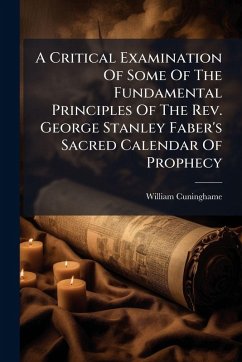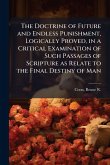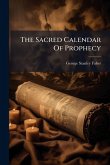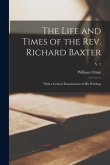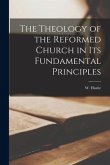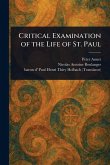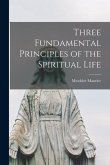In "A Critical Examination Of Some Of The Fundamental Principles Of The Rev. George Stanley Faber's Sacred Calendar Of Prophecy," William Cuninghame provides a detailed analysis and critique of Reverend Faber's prophetic interpretations. This book delves into the intricacies of Faber's sacred calendar, scrutinizing its foundational principles and arguments. Cuninghame offers a robust counter-argument against Faber's views on the millennial advent and reign of Messiah. This work is essential for those interested in the historical development of prophetic interpretation and the debates surrounding eschatological timelines. Readers will find a rigorous engagement with theological arguments and a passionate defense of alternative perspectives on biblical prophecy. This work has been selected by scholars as being culturally important, and is part of the knowledge base of civilization as we know it. This work was reproduced from the original artifact, and remains as true to the original work as possible. Therefore, you will see the original copyright references, library stamps (as most of these works have been housed in our most important libraries around the world), and other notations in the work. This work is in the public domain in the United States of America, and possibly other nations. Within the United States, you may freely copy and distribute this work, as no entity (individual or corporate) has a copyright on the body of the work. As a reproduction of a historical artifact, this work may contain missing or blurred pages, poor pictures, errant marks, etc. Scholars believe, and we concur, that this work is important enough to be preserved, reproduced, and made generally available to the public. We appreciate your support of the preservation process, and thank you for being an important part of keeping this knowledge alive and relevant.
Bitte wählen Sie Ihr Anliegen aus.
Rechnungen
Retourenschein anfordern
Bestellstatus
Storno

